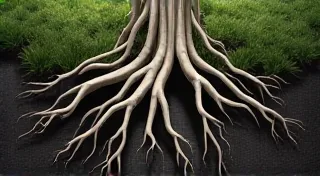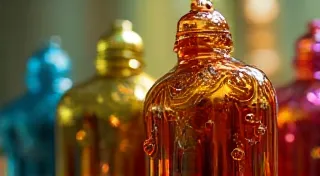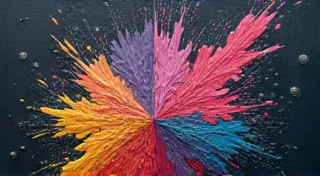The Etching of Time: When a Pen's Imperfections Become Its Character
There's a peculiar comfort in holding something old. Not just old, but something that has witnessed decades, perhaps even centuries, of stories. A vintage fountain pen, passed down through generations, isn’t just a writing instrument; it's a tangible link to the past. We collect stamps, coins, and antique furniture, but the elegance and intimacy of a vintage pen, nestled in your hand, is a truly unique experience. And it's often the imperfections – the scratches, the fading, the tiny blemishes – that truly elevate them beyond mere objects to cherished heirlooms.
My own journey into the world of vintage pens began with my grandfather's Conway Stewart. It wasn't pristine; the black hard rubber had a network of crazing, a fine web of tiny cracks. My grandfather always explained that it was "character." He's gone now, but the pen remains, writing my daily thoughts, connecting me to him through the simple act of putting ink to paper. It taught me early on that these aren't objects to be hoarded in perfect condition; they are stories waiting to be told, and the flaws are integral parts of that narrative.
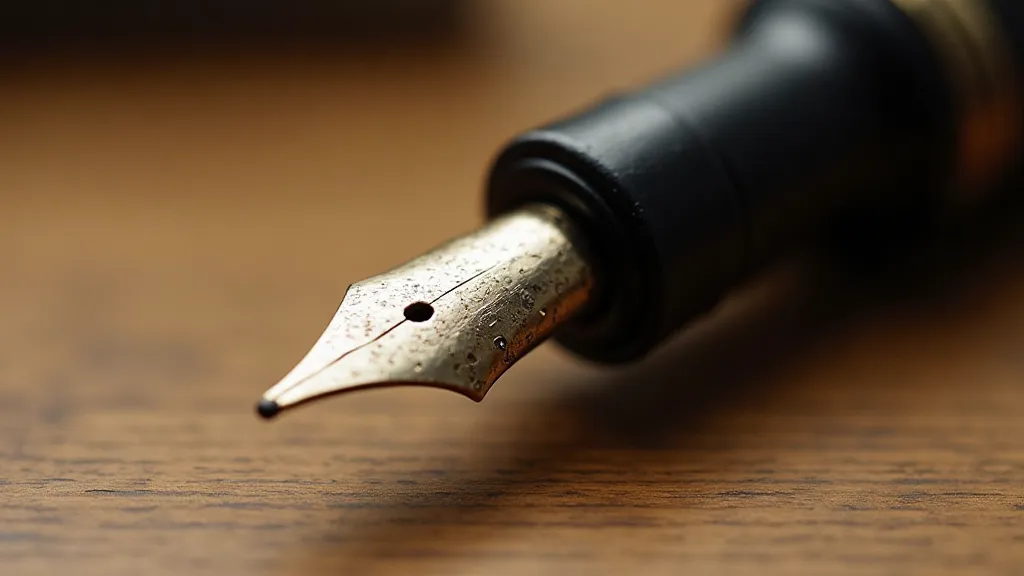
The Ghosts of Hands Past
Think about the hands that have held these pens. Imagine the letters written, the contracts signed, the poems composed, all delivered with the unique scratch and flow of ink from that very nib. A faint ink stain on the cap might mark a hurried signature during a pivotal moment in history. A small chip on the barrel could represent a moment of distraction, a dropped pen, a fleeting emotion. These aren't blemishes; they are echoes, whispers of lives lived and stories told.
The craftsmanship alone speaks volumes. These pens, often made between the 1920s and 1960s, were the pinnacle of industrial artistry. Manufacturers like Parker, Waterman, Sheaffer, and Montblanc employed skilled artisans who took immense pride in their work. They weren't churning out mass-produced items; they were creating objects designed to last a lifetime – and often, much longer. The materials themselves were of superior quality: ebonite, hard rubber, celluloid, often employing intricate layering and hand-carved designs. A slightly uneven filling mechanism, a tiny variation in the celluloid pattern – these were not errors, but marks of the human hand at work. The selection of these materials itself tells a story; a dedicated collector will often delve into The Resonance of Brass: A Deep Dive into Vintage Pen Materials to truly understand the qualities and history associated with each one. Today’s technology strives for flawless precision, but the charm of the vintage lies in its wonderfully imperfect origins.
Understanding the Marks of Time
So, what are we looking at when we see these "imperfections"? Crazing, as mentioned, is incredibly common on hard rubber pens. It's a result of age and exposure to air and light, causing the surface to become brittle and crack. Celluloid, another popular material, is prone to chipping, fading, and developing “bloom” – a milky haze that can be gently polished away (though many collectors prefer to leave it as part of the pen’s character). Nickel-plated trim can tarnish, and gold-filled or solid gold trim can wear down with use. Beyond the surface appearance, the long-term care and preservation of these pens is a skill in itself, with many collectors taking extreme measures to ensure their pens last for generations to come.
Some marks are more concerning, of course. Significant cracks, excessive corrosion, or a non-functioning filling system may require professional repair. But even then, the goal isn't necessarily to restore the pen to "perfect" condition. It's about preserving its integrity, ensuring it can continue to write and serve as a functional object while retaining its historical character. Trying to completely erase every trace of the past would be a disservice to the pen’s story.
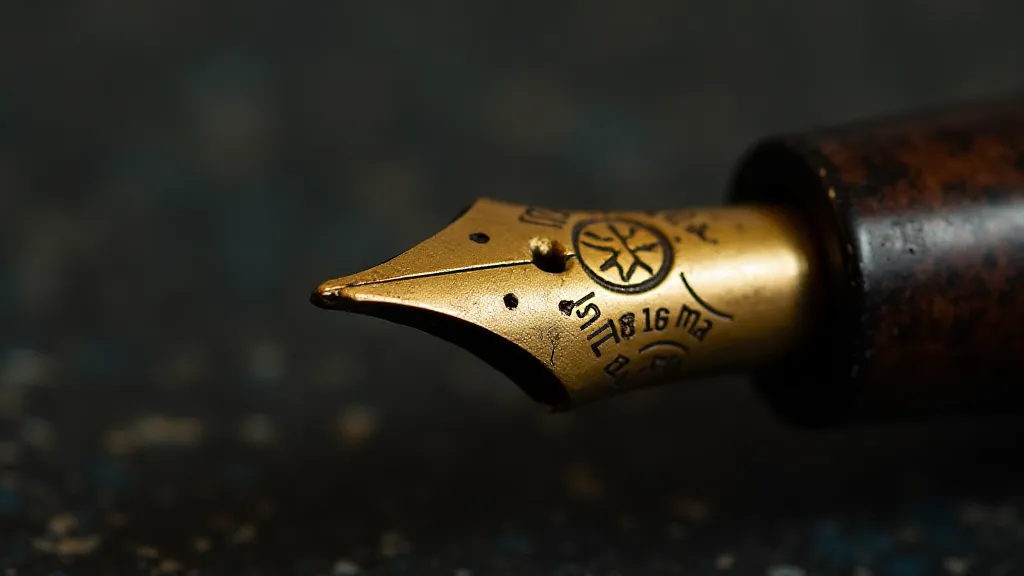
Appreciating the Uniqueness
For a collector, appreciating these imperfections is key. A pristine, mint-condition pen, while desirable, often lacks the depth and history of a well-loved example. The wear marks tell a story. They invite the imagination to wander, to conjure up images of the past. Furthermore, pens in excellent, used condition often command a higher value than their "mint" counterparts because they are more likely to be functional and retain their original components. Often, the sheer volume of stories held within a vintage pen begs the question of how such treasures are obtained and maintained. The moral considerations around sourcing and protecting these artifacts are explored in detail in A Pen's Penance: The Moral Quandary of Sourcing Rare Writing Instruments, a fascinating read for anyone interested in the ethics of collecting.
Showcasing these quirks is an art in itself. Instead of hiding them, embrace them. Display your vintage pens in a way that highlights their unique character. A simple display case with soft lighting can draw attention to the subtle nuances of the pen's finish. Avoid overly polished or sterile environments; a slightly worn wooden surface or a vintage writing desk can create a more fitting backdrop. The preservation of a vintage pen’s aesthetic isn’t just about avoiding physical damage, but also about thoughtfully curating its presentation and storage.
More Than Just a Writing Instrument
Ultimately, a vintage pen isn’t just a tool for writing; it's a connection to the past, a tangible piece of history, and a testament to the artistry of a bygone era. The scratches, the fades, the tiny blemishes – they’re not flaws; they are the etching of time, the marks of a life lived. They add depth, character, and a certain je ne sais quoi that no modern pen can ever replicate. Let’s celebrate these imperfections, embrace the stories they tell, and continue to cherish these beautiful objects for generations to come. Holding one isn’t just about writing something down; it’s about holding a piece of the past in your hand. The history and evolution of these writing instruments is a subject in itself, which is examined in detail in another article about Chronicles in Copper: The Alchemy of Pen Repair & the Writer's Soul.
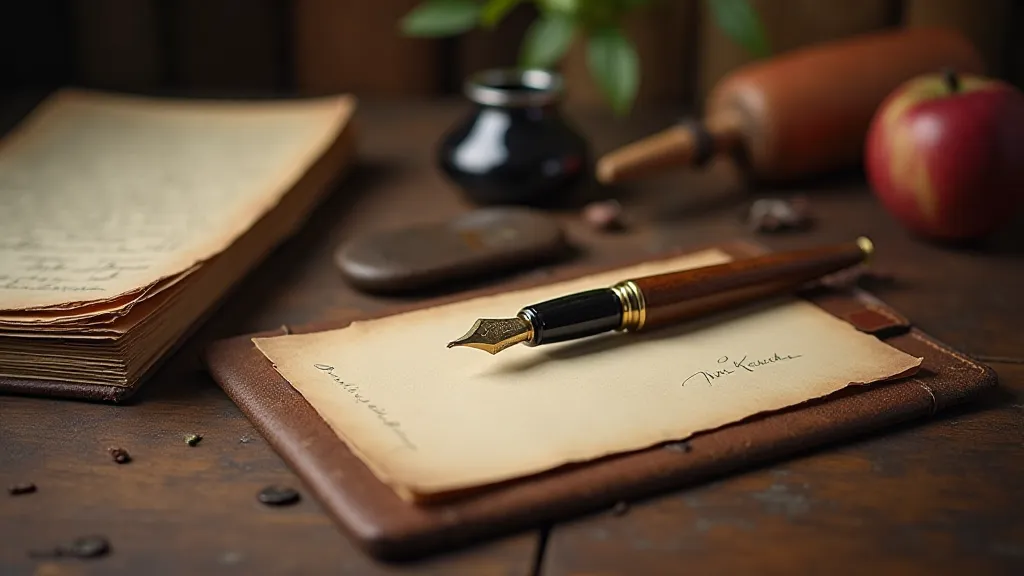
The careful management and longevity of these pens is not just about aesthetics; it’s about understanding their intricate mechanisms and providing them with the care they need to endure. A poorly handled pen can easily suffer irreversible damage, further diminishing its historical value and silencing its stories. Many collectors invest considerable time and resources into learning the nuances of pen repair and maintenance, ensuring that these relics of the past continue to inspire future generations.
Furthermore, the connection between a vintage pen and its owner extends beyond mere functionality. It’s about experiencing the weight of history in your hand, appreciating the artistry of a bygone era, and feeling a sense of continuity with those who came before. Each pen has its own unique story to tell, and it's up to us to listen and to preserve these stories for generations to come. The joy of discovery that comes with finding a truly remarkable vintage pen is unparalleled, and the responsibility of caring for it is a privilege that should be cherished.
In conclusion, the etching of time on a vintage pen is not a sign of decline, but a testament to its enduring value. It’s a reminder that true beauty lies not in perfection, but in character, history, and the stories that have shaped it. Let us celebrate these imperfections, embrace the past, and continue to cherish these beautiful objects for generations to come, ensuring that their stories continue to inspire and connect us to a rich and fascinating history.



